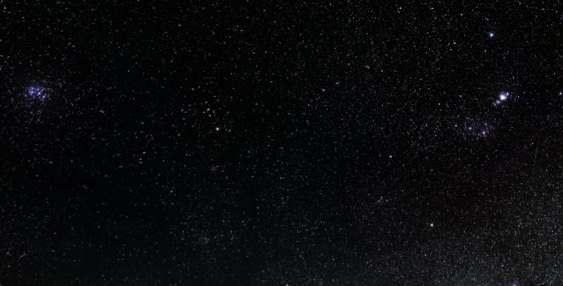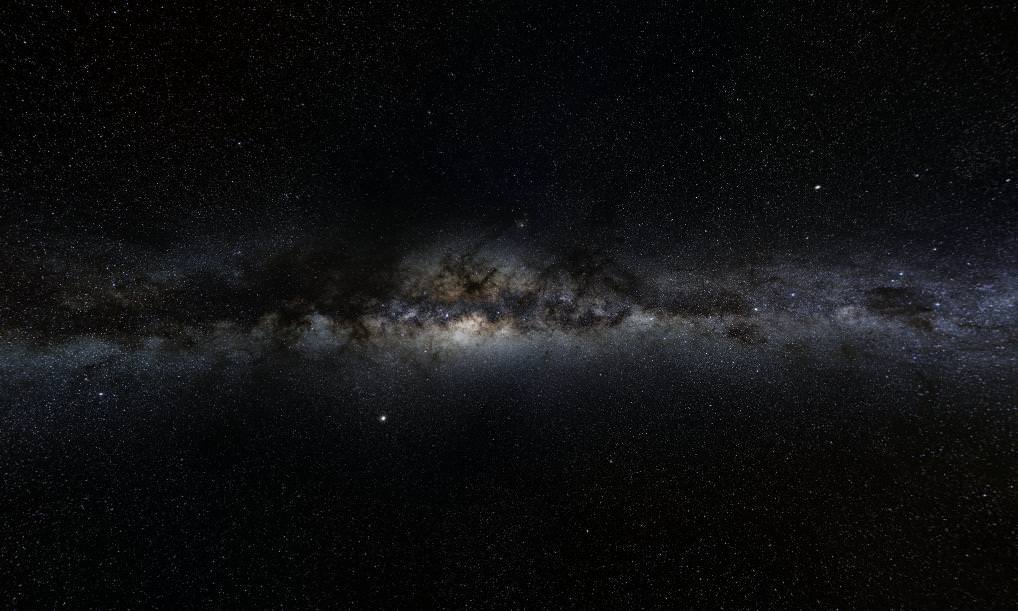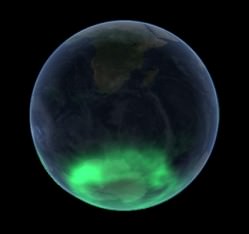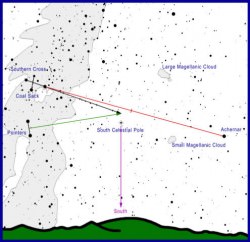My dog keeps me in touch with the universe. There are important reasons why he has to go out into the backyard about 9pm and then again around 5.00am – and at both times there are stars out. He has this very particular sound, the canine equivalent of ahem, to let me know it’s time.
Around February is great because on the night shift you see Orion and on the morning shift you see Scorpio. These are two of three constellations, I can easily identify without a book – the other one being the Southern Cross. And this is the only time of the year when I get to see all three, since by the time Scorpio is up in the evenings around August, Orion is already lost to the glare of daytime.
This reminds me of a plan I have to once and for all explain to people how the night sky works. You wallpaper a room with your equatorial and/or ecliptic constellations and on the roof put your circumpolar constellations, which would include the Southern Cross down here or Ursa Minor for your northern folk. Then in the middle of the room you put a big and glaringly bright light.
So around February, you are in that part of the room where when you face away from the light you can see Orion. Then spinning on the spot, you’ll be able to spy Scorpio just before you come around to face the bright light, which prevents you from seeing what’s on the other side of the room. Keep spinning and you come back to night time and admire Orion again – and so on.

To progress through the year you have to start walking around the room, that is orbiting the bright light – and you can keep spinning on the spot for the day night effect if you like. Once you are around on the other side of the room – you get a much better night-long view of Scorpio, while Orion is lost behind the bright light. Your circumpolar constellations are still visible on the ceiling – but kind of upside down now.
It’s taken a few nights out with the dog to figure out which way you are supposed to spin – not to mention which way to put the wallpaper since if your at my latitude in the north, you’ll need to hang it upside down. For me, if I’m standing in front of Orion, Scorpio is going to be around to my right (but left for you) – and I’m going to orbit to my right (but left for you) – and I’m going to spin clockwise (but anti-clockwise for you).
I almost have it all visualized when there’s certain ahem as dog realizes master is staring vacantly at the sky again. Oh yeah sorry, good dog – and we go back inside.


 climb a mountain in Tasmania, or even better catch an icebreaker to Antarctica, to see it.
climb a mountain in Tasmania, or even better catch an icebreaker to Antarctica, to see it.